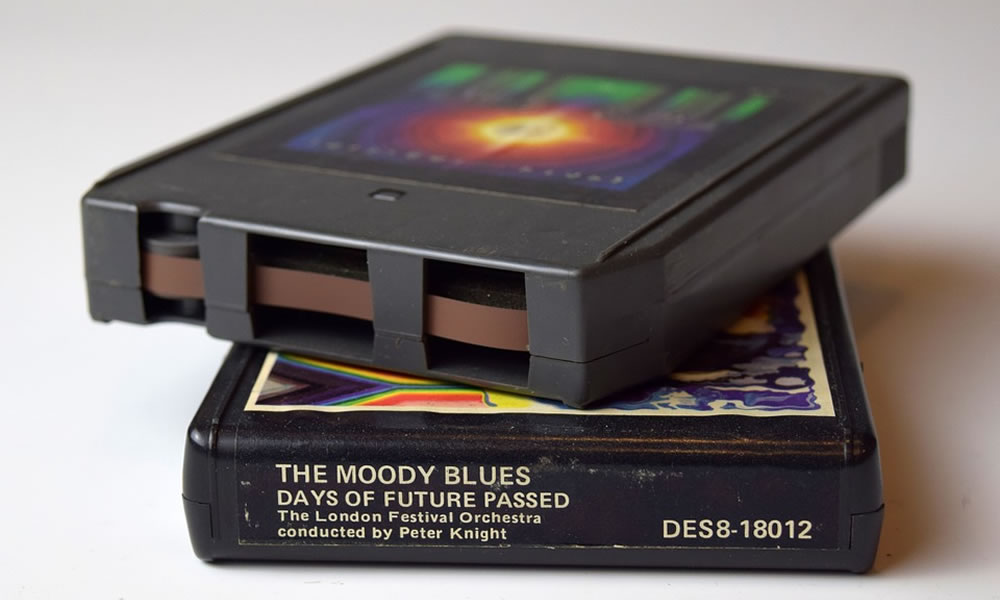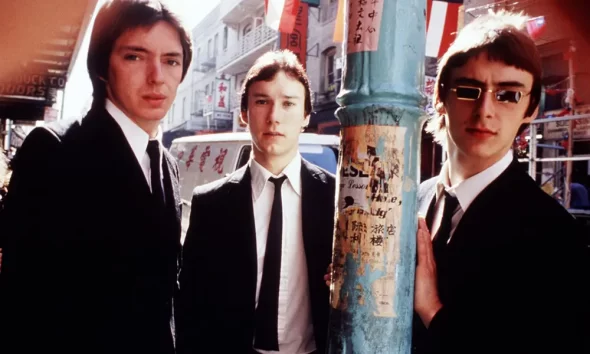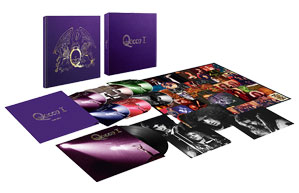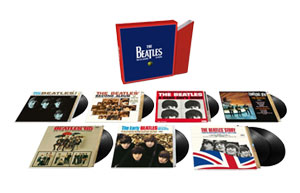Leonard Cohen
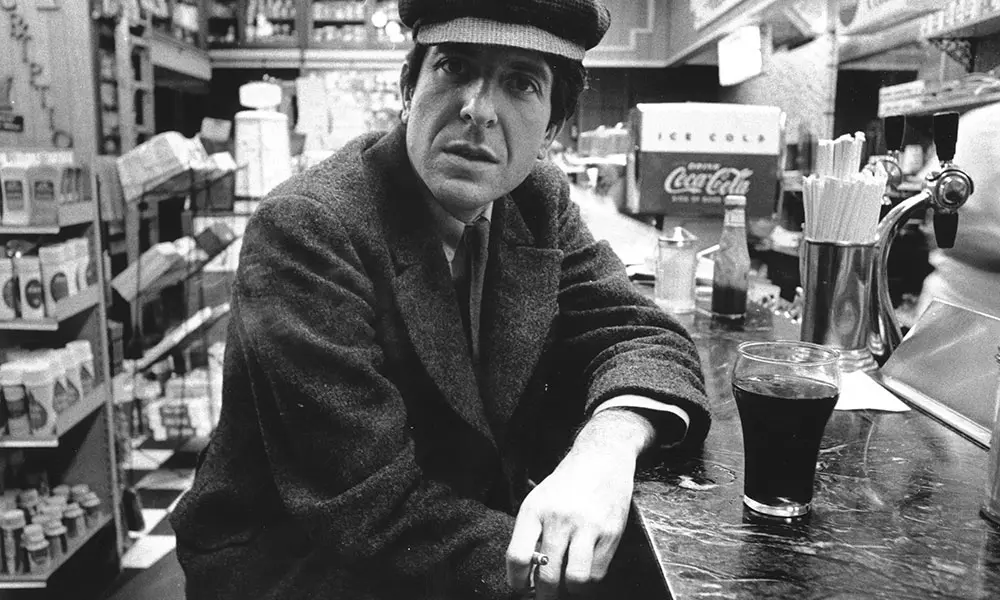

Leonard Norman Cohen was born into an Orthodox Jewish family in the Montreal anglophone enclave of Westmount, Quebec, on September 21, 1934. His Lithuanian Jewish mother, Marsha (“Masha”) Klonitsky (1905–1978), emigrated to Canada in 1927 and was the daughter of Talmudic writer and rabbi Solomon Klonitsky-Kline.
During high school, he was involved in various extracurricular activities, including photography, arts club, current events club, and theatre. He also served as president of the Students’ Council. During that time, he taught himself to play the acoustic guitar and formed a country-folk group that he called the Buckskin Boys.
In 1951, Cohen enrolled at McGill University, where he became president of the McGill Debating Union and won the Chester MacNaghten Literary Competition for the poems “Sparrows” and “Thoughts of a Landsman”. Cohen published his first poem in March 1954 in the magazine CIV/n.
His first published book of poetry, Let Us Compare Mythologies (1956), was published by Dudek as the first book in the McGill Poetry Series the year after Cohen’s graduation. The book contained poems written largely when Cohen was between the ages of 15 and 20.
Cohen continued to write poetry and fiction throughout the 1960s and preferred to live in quasi-reclusive circumstances after he bought a house on Hydra, a Greek island in the Saronic Gulf with $1,500 that he had inherited from his grandmother.
In 1967, disappointed with his lack of success as a writer, Cohen moved to the United States to pursue a career as a folk music singer–songwriter. During the 1960s, he was a fringe figure in Andy Warhol’s “Factory” crowd.
His song “Suzanne” became a hit for Judy Collins (who subsequently recorded a number of Cohen’s other songs). “Suzanne” was first published as a poem in 1966, it became his debut single from his 1967 album Songs of Leonard Cohen. The song was inspired by Cohen’s platonic relationship with the dancer Suzanne Verdal.
Cohen’s first album was released in the US in late 1967 to generally dismissive reviews, but became a favourite in the UK on its release in early 1968, where it spent over a year on the album charts.
In the spring of 1968, Cohen had a brief relationship with Janis Joplin while staying at the Chelsea Hotel, and the song of the same name references this relationship. Cohen also had well-known relationships with Joni Mitchell and actress Rebecca De Mornay.
In 1970, Cohen toured for the first time, in the United States, Canada, and Europe, and appeared at the Isle of Wight Festival. In 1972 he toured again in Europe and Israel, captured on film by Tony Palmer and eventually released in 2010 under the title ‘Bird on a Wire’. When his performance in Israel did not seem to be going well he walked off the stage, went to his dressing room, and took some LSD. He then heard the audience clamouring for his reappearance by singing to him in Hebrew, and under the influence of the psychedelic, he returned to finish the show.
“Hallelujah” was originally released on his album Various Positions (1984). Achieving little initial success, the song found greater popular acclaim through a new version recorded by John Cale in 1991. Cale’s version inspired a 1994 recording by Jeff Buckley. Buckley’s version was not an instant hit, nor did Buckley live to see the full measure of the reception his recording would ultimately have; he died in 1997. Buckley’s version was not released as a single until much later, and it did not chart until 2006, posthumously for Buckley becoming a number 2 hit in the UK and top 10 hit in other countries.
Cohen is reputed to have written over 150 draft verses for “Hallelujah”. In a writing session in New York’s Royalton Hotel, Cohen is famously said to have been reduced to sitting on the floor in his underwear, filling notebooks, banging his head on the floor. Dan Geller and Dayna Goldfine, creators of the 2022 documentary film Hallelujah: Leonard Cohen, A Journey, A Song, said that Cohen took about five years to write the song, and reconfigured it numerous times for performances.
In 1992, Cohen released The Future, which urges (often in terms of biblical prophecy) perseverance, reformation, and hope in the face of grim prospects. Three tracks from the album – “Waiting for the Miracle”, “The Future” and “Anthem” – were featured in the movie Natural Born Killers, which also promoted Cohen’s work to a new generation of US listeners.
In late 2005, Cohen’s daughter Lorca began to suspect his longtime manager, Kelley Lynch, of financial impropriety. Cohen discovered that he had unknowingly paid a credit card bill of Lynch’s for $75,000, and that most of the money in his accounts was gone, including money from his retirement accounts and charitable trust funds. In March 2006, Cohen won a civil suit and was awarded US$9 million by a Los Angeles County superior court. Lynch ignored the suit and did not respond to a subpoena issued for her financial records. In 2012, Lynch was jailed for 18 months and given five years probation.
The song “So Long, Marianne” was written about Marianne Ihlen, with whom he was in a relationship for most of the 1960s. In 2016, Ihlen died of leukaemia three months and nine days before Cohen.
Cohen released 14 studio albums and eight live albums during the course of a recording career lasting almost 50 years,
Cohen died on November 7, 2016, at the age of 82 at his home in Los Angeles; leukemia was a contributing cause. According to his manager, Cohen’s death was the result of a fall at his home that evening, and he subsequently died in his sleep. As was his wish, Cohen was laid to rest with a Jewish rite, in a simple pine casket, in a family plot in the Congregation Shaar Hashomayim cemetery on Mount Royal in the city of Montreal.






